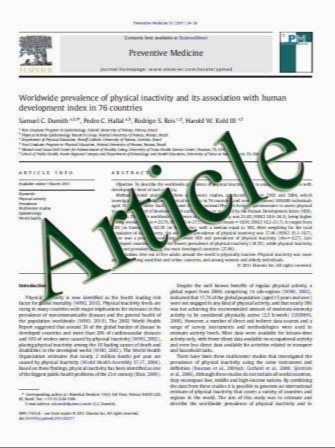Motor-evoked potentials (MEP) during brainstem surgery to preserve corticospinal function
- نوع فایل : کتاب
- زبان : انگلیسی
- مؤلف : Johannes Sarnthein & Oliver Bozinov & Angelina Graziella Melone & Helmut Bertalanffy
- چاپ و سال / کشور: 2011
Description
Background Brainstem surgery bears a risk of damage to the corticospinal tract (CST). Motor-evoked potentials (MEPs) are used intraoperatively to monitor CST function in order to detect CST damage at a reversible stage and thus impede permanent neurological deficits. While the method of MEP is generally accepted, warning criteria in the context of brainstem surgery still have to be agreed on. Method We analyzed 104 consecutive patients who underwent microsurgical resection of lesions affecting the brainstem. Motor grade was documented prior to surgery, early postoperatively and at discharge. A baseline MEP stimulation intensity threshold was defined and intraoperative testing aimed to keep MEP response amplitude constant. MEPs were considered deteriorated and the surgical team was notified whenever the threshold was elevated by .20 mA or MEP response fell under 50%. Findings On the first postoperative day, 18 patients experienced new paresis that resolved by discharge in 11. MEPs deteriorated in 39 patients, and 16 of these showed new postoperative paresis, indicating a 41% risk of new paresis. In the remaining 2/18 patients, intraoperative MEPs were stable, although new paresis appeared postoperatively. In one of these patients, intraoperative hemorrhage caused postoperative swelling, and the new motor deficit persisted until discharge. Of all 104 patients, 7 deteriorated in motor grade at discharge, 92 remained unchanged, and 5 patients have improved. Conclusions Adjustment of surgical strategy contributed to good motor outcome in 33/39 patients. MEP monitoring may help significantly to prevent motor deficits during demanding neurosurgical procedures on the brainstem.
Acta Neurochir DOI 10.1007/s00701-011-1065-7 Received: 21 April 2011 / Accepted: 25 May 2011


